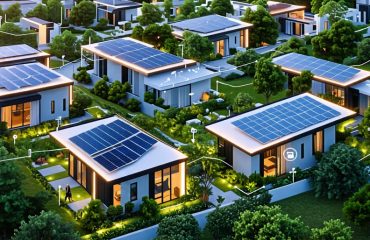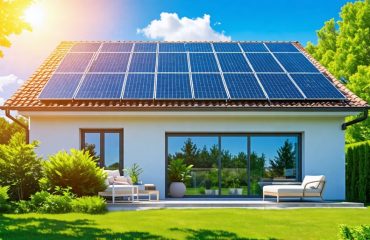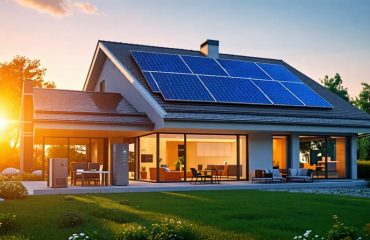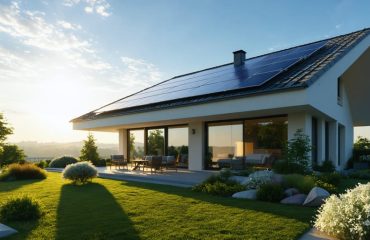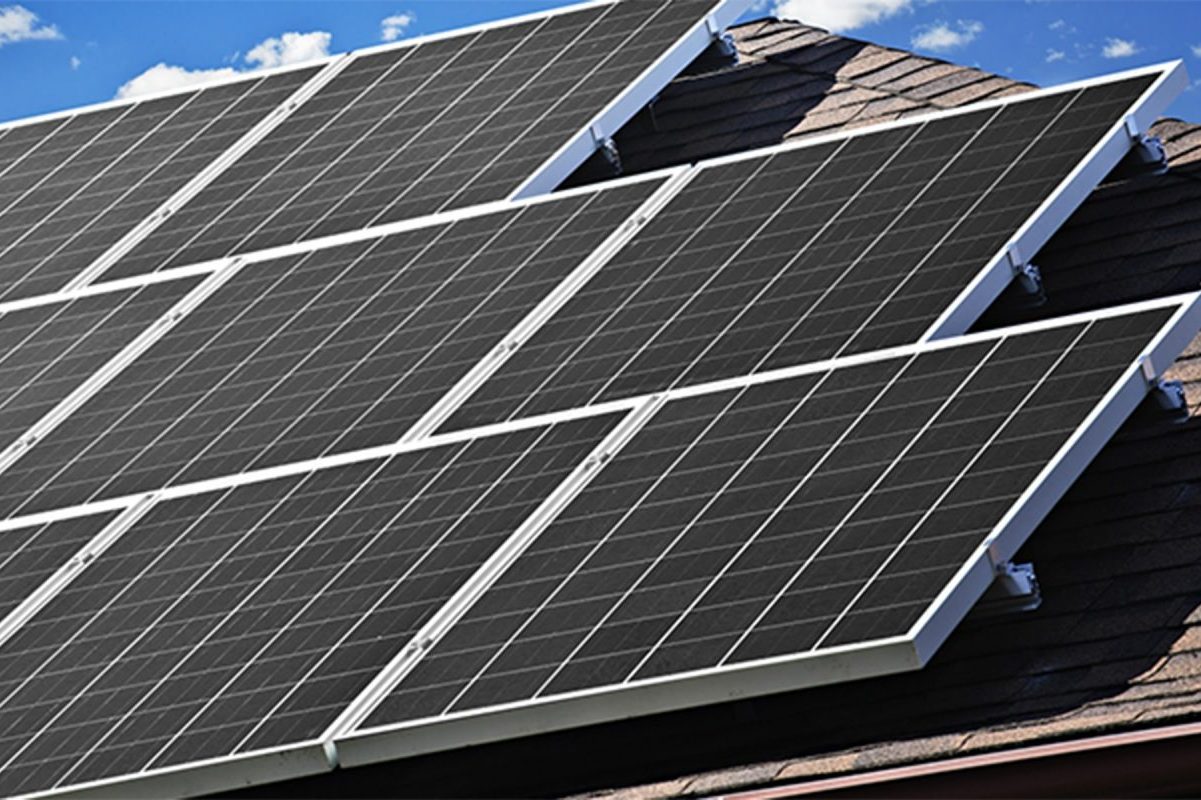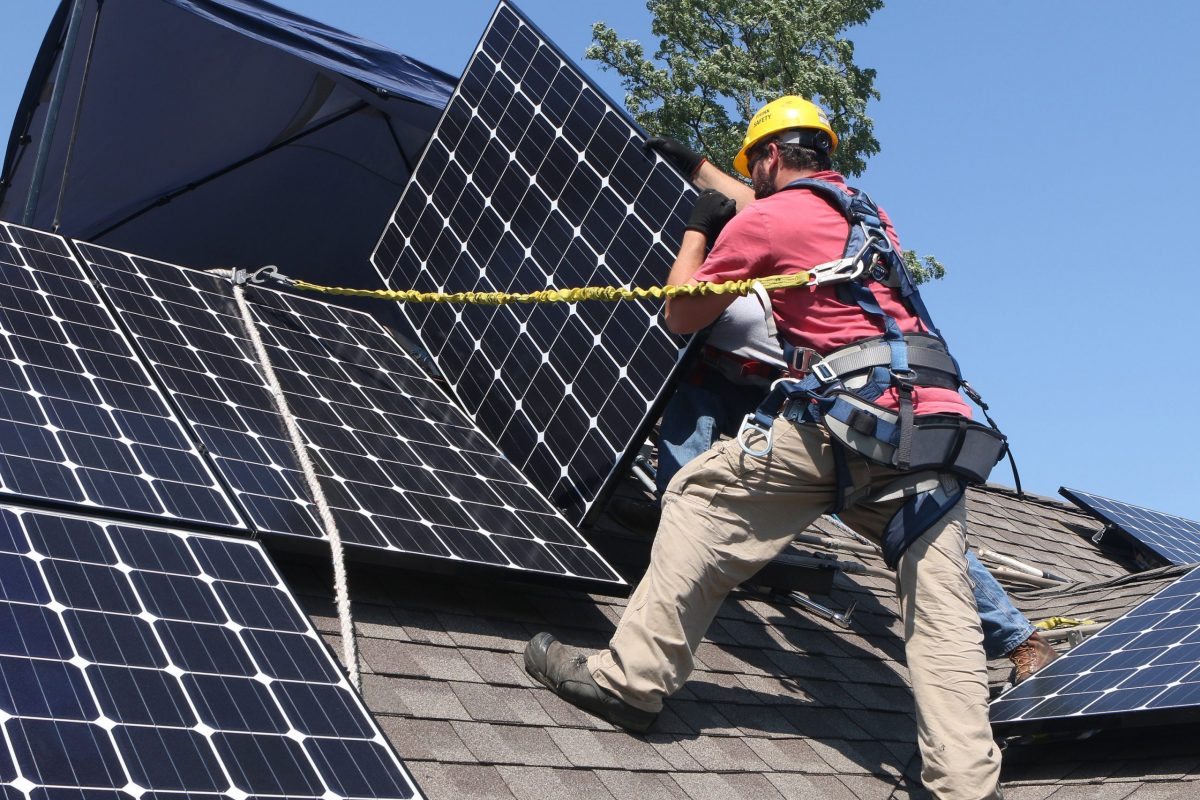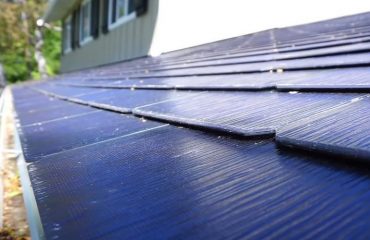Check your solar panel’s inverter display for error messages to quickly identify common issues like loose wiring, insufficient sunlight, or tripped breakers. Inspect the solar array for physical damage, debris, or shading that could reduce output, and clean panels with a soft brush and water if needed. Verify your system’s electrical connections are secure and undamaged, tightening any loose wires or replacing corroded components. If problems persist, consult a certified solar technician to diagnose deeper issues like faulty inverters, damaged panels, or improper installation, as they have the expertise to safely resolve complex malfunctions and restore your solar investment’s full potential.
Inspect for Physical Damage
When inspecting your solar panels for physical damage, start by visually examining the surface of each panel from the ground using binoculars or a camera with zoom capabilities. Look for any obvious cracks, chips, or breaks in the glass covering the solar cells. Even minor cracks can allow moisture to seep in and reduce the panel’s efficiency.
Next, check for any debris or buildup on the panels, such as leaves, branches, bird droppings, or accumulated dust and dirt. These obstructions can block sunlight from reaching the solar cells and decrease energy production. If you notice any debris, carefully remove it using a soft brush or a hose with a gentle spray nozzle.
Discoloration of the solar panels is another issue to watch for during your inspection. Over time, the protective coating on the panels may degrade due to exposure to UV rays, causing a yellowing or browning appearance. This discoloration can indicate a decrease in the panel’s ability to absorb sunlight effectively.
If you identify any significant damage or discoloration during your visual inspection, it’s best to contact a professional solar technician for further assessment and repairs. Attempting to fix physical damage yourself could void the warranty on your solar panels and potentially cause further harm to the system.

Check Wiring and Connections
One of the first things to check when troubleshooting solar panel issues is the wiring and connections. Over time, exposure to the elements can cause wires to degrade, connections to loosen, or animal damage to occur. Start by visually inspecting all the wires running from your solar panels to your inverter and electrical panel. Look for any signs of wear and tear, such as fraying, cracking, or chewing. Pay special attention to the connectors, ensuring they are securely fastened and free of corrosion. If you notice any issues, it’s best to contact a professional solar technician to repair or replace the damaged components. While it may be tempting to fix it yourself, working with electrical systems can be dangerous without proper training and equipment. In most cases, a quick visit from a technician can resolve wiring problems and get your solar panels back to peak performance in no time. Regular inspections of your wiring and connections can help prevent more serious issues down the line, saving you money and headaches in the long run. So, don’t hesitate to give your solar panel system a once-over every few months to keep it running smoothly and efficiently.

Verify Panel Positioning and Orientation
To ensure your solar panels are operating at peak efficiency, it’s crucial to verify their positioning and orientation. Solar panels should be angled to maximize sun exposure throughout the day. In the Northern Hemisphere, panels generally face south, while in the Southern Hemisphere, they should face north. The optimal angle varies depending on your latitude, but a good rule of thumb is to set the panel tilt equal to your latitude.
It’s also important to assess whether any objects or structures are shading your panels, especially during the middle of the day when the sun is at its highest. Trees, buildings, or even other parts of your roof can cast shadows on your panels, reducing their energy output. If you notice significant shading, consider trimming trees or adjusting the panel placement to minimize obstruction.
Regular monitoring of your solar panel output can help you identify if the positioning or orientation needs adjustment. If you notice a sudden drop in energy production, it may be a sign that your panels are not receiving optimal sunlight. By taking proactive steps to ensure your panels are correctly positioned and unshaded, you can maximize your solar energy generation and enjoy the full benefits of your sustainable investment.
Clean Off Dirt and Debris
Before attempting to clean your solar panels, ensure that it’s safe to do so. Avoid cleaning them during the hottest part of the day, as the temperature difference between the water and the panels can cause cracking. Use a soft brush or sponge to gently remove any dirt, dust, or debris from the surface. For stubborn grime, a mild soap solution can be used, but avoid harsh chemicals that may damage the panels. Safely clean the panels from the ground using a long-handled tool, or hire a professional if the panels are difficult to access. Rinse the panels thoroughly with clean water to remove any remaining residue. Remember, regular cleaning helps maintain the efficiency of your solar panels, ensuring they continue to provide optimal energy production for your home.
Test with a Multimeter

How to Use a Multimeter
To safely test your solar panel’s output with a multimeter, start by setting the device to measure DC voltage at a range higher than the panel’s rated output. Locate the positive and negative terminals on the back of the panel. With the solar panel in full sunlight, connect the red probe to the positive terminal and the black probe to the negative terminal. The multimeter should display a voltage reading close to the panel’s rated output. If the reading is significantly lower, there may be an issue with the panel or connections. Always exercise caution when working with electrical components and consult a professional if you are unsure about any step in the process. Remember, a multimeter is a helpful tool for diagnosing issues, but safety should always be your top priority when dealing with solar panels.
When to Call a Professional
While many common solar panel issues can be resolved through DIY troubleshooting, there are times when it’s necessary to call in a professional. If your solar panels have suffered internal damage from severe weather or impact, it’s best to have an expert assess the extent of the damage and recommend repairs or replacement. Similarly, if you suspect problems with your inverter, such as strange noises or error messages, a certified technician should diagnose and fix the issue.
Another red flag is consistently low power output, even after cleaning and checking connections. This could indicate a more serious problem like faulty wiring or degraded panels. In these cases, attempting DIY fixes may void your warranty or worsen the issue. When in doubt, don’t hesitate to reach out to a solar professional to keep your system running smoothly and avoid costly mistakes.
In conclusion, many common solar panel issues can be identified and fixed with some simple DIY troubleshooting. By keeping your panels clean, checking connections, and optimizing placement, you can maintain peak performance and maximize your energy savings. Remember, investing a little time in regular maintenance goes a long way in ensuring your solar system’s longevity and efficiency. If you do encounter persistent problems or feel unsure about tackling them yourself, don’t hesitate to consult a professional. With the right knowledge and care, you can enjoy the numerous benefits of solar energy for years to come. If you have any questions or need further guidance, feel free to leave a comment below – we’re here to help you on your sustainable living journey.


